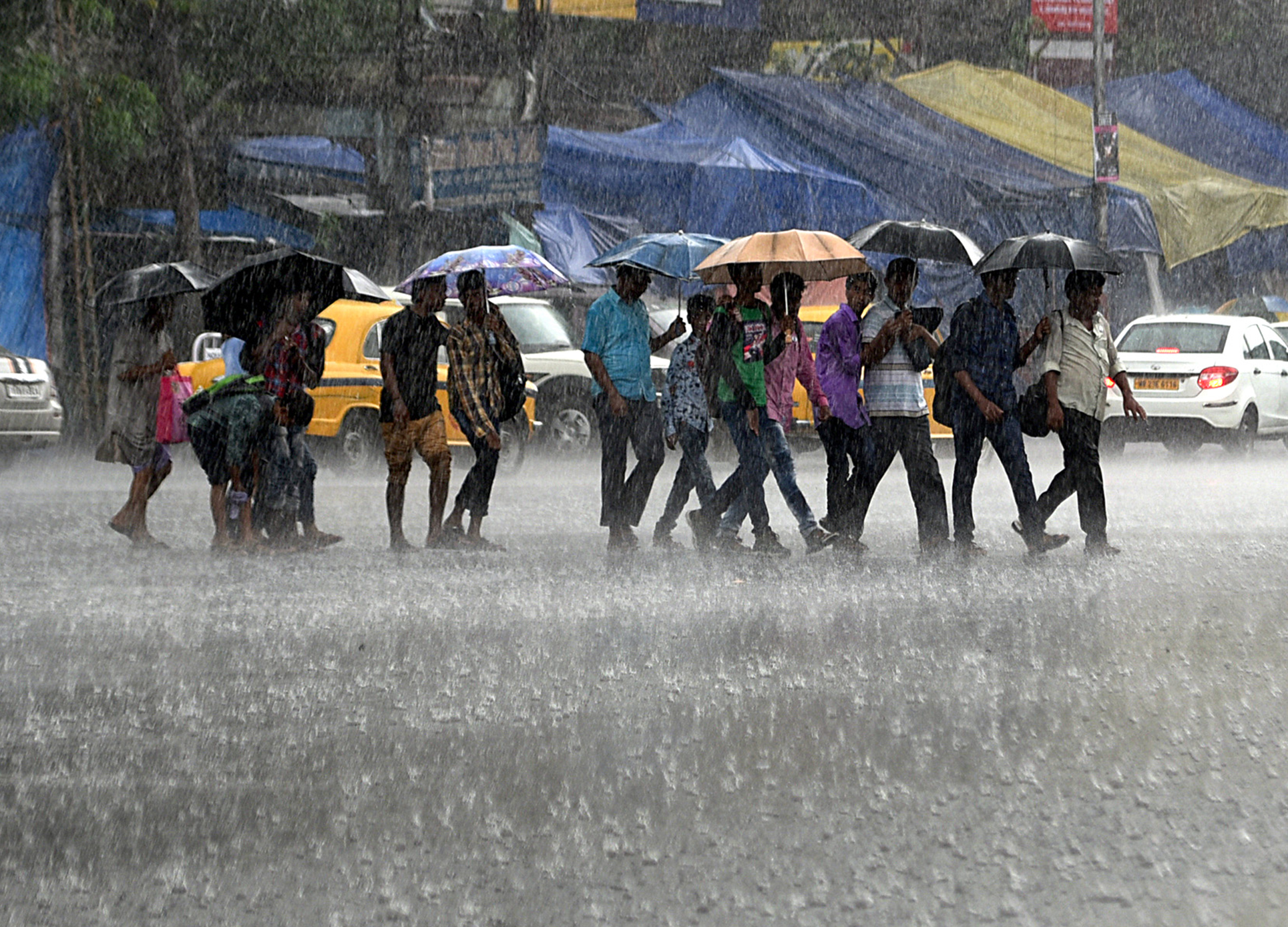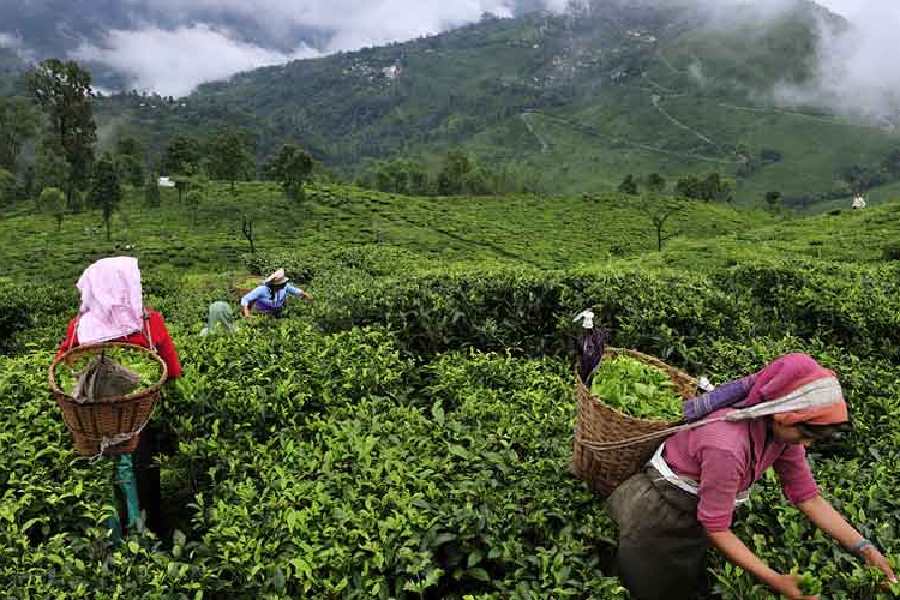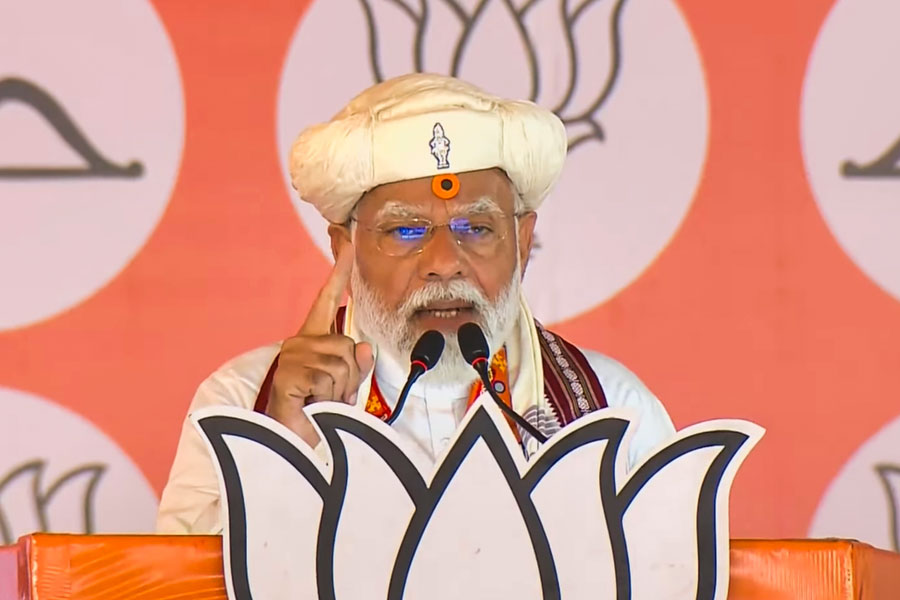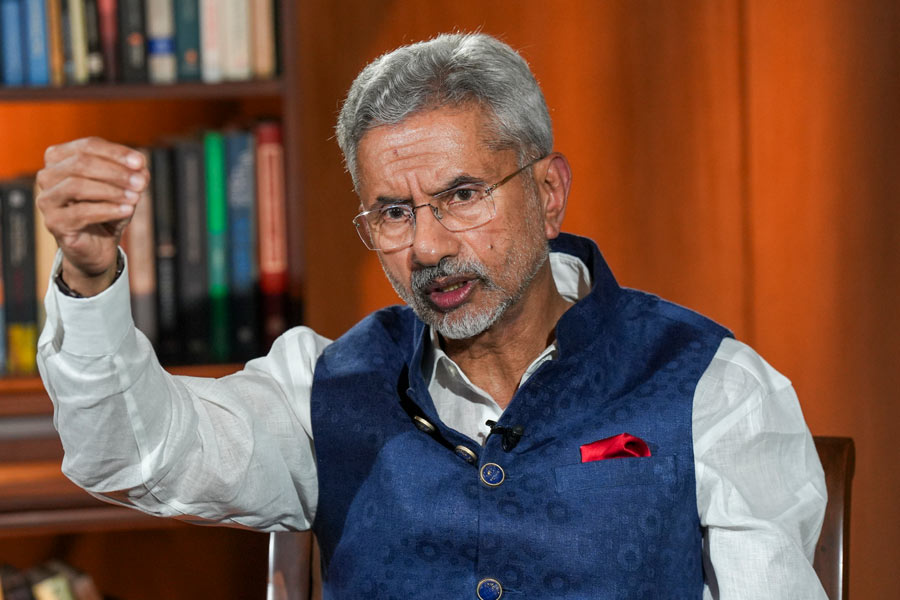The monsoon is expected to hit the Kerala coast in a week. And this year, the question on every mind is what will the rains do to the coronavirus?
According to early-stage studies from a group of scientists in India and abroad, the spread of Covid-19 may slow down with higher temperatures and humid conditions. Foremost among the proponents of this theory is a team of scientists from Beihang University, China, and Cornell University, US. The team, comprising experts in computer and engineering, studied Covid-19 transmission in 100 Chinese cities, each with more than 40 active cases, between January 21 and January 23. They observed that the hot and humid cities witnessed a slower rate of spread than cold and dry ones.
The study, updated on May 22, noted that a temperature increase of 1°Celsius and an increase in relative humidity by one per cent substantially lowered transmission. It reads: “In July, the arrival of summer and rainy season in the northern hemisphere can effectively reduce transmission of Covid-19.”
Epidemiologists and weather scientists, however, warn that the link between the epidemic and climatic conditions cannot sit so pat. They draw attention to multiple non-climatic factors such as human behaviour, public health infrastructure and government strategy. They point out that Covid-19 is still spreading across the world, in widely varying climates too.
According to Sutapa Chaudhuri, former head of the department of atmospheric sciences at Calcutta University, the effect of meteorological parameters such as temperature and humidity on the rate of the spread of Covid-19 has remained an “unsettled question and the answer has not been well established yet”. Nevertheless, she too adds, “Several viral infections prefer specific meteorological conditions (cold and dry climate) for their survival and get attenuated (reduced in force) in warm and humid conditions.” Many of the coronavirus hotspots such as Wuhan (China), Lombardy (Italy), New York (US) and Madrid (Spain) have relatively cold and dry weather along with high concentrations of nitrogen dioxide.
Computational neuroscientist Qasim Bukhari and environmental scientist Yusuf Jameel of the Massachusetts Institute of Technology (MIT), US, set out to explore this very question in their study titled “Will the coronavirus pandemic diminish by summer?”
“Our key findings are that so far at absolute humidity levels above 10 g/m3, the spread of the cases appears to be slower than in places with absolute humidity levels less than 10 g/m3,” they write. Absolute humidity is a measure of the moisture in the air while relative humidity is a measure of how close the air is to saturation. Bukhari and Jameel conclude that countries with warm and humid climates such as Singapore and Malaysia saw a lower growth rate of the pandemic.
Says Chaudhuri, “The MIT scientists have published a threshold range of temperature (3 to 17°C) and humidity (3 and 9 g/m3) which plays a role in the spread of Covid-19. Most of the cases have been reported within this humidity range, but some new cases have been found at temperatures over 18°C, which indicates that it may get attenuated at much higher temperatures.”
If the MIT finding holds good, there is a possibility that the onset of monsoon may slow the spread of Covid-19 in tropical countries.
Weather scientist Sarvan Kumar of VBS Purvanchal University in Jaunpur, UP, does not have much faith in meteorological deterrents to corona. Instead, he says, “During the lockdown period, aerosols and other pollutants (such as NO2) reduced sharply; there was a percentage drop of 36 and 37, respectively. This may have reduced the risk of Covid-19 through air transmission due to the unavailability of aerosol particles as base.” Kumar warns that relaxing the lockdown and environmental rules in terms of emissions from factories and other facilities might result in more cases.
According to Dr Amitabha Nundy, epidemiologist and former director of the Calcutta School of Tropical Medicine, there are many factors that encourage transmission of the virus other than humidity and temperature. “The transmission pattern of the novel coronavirus so far has shown that external factors have less impact than indoor conditions. Proximity of the infected and non-infected humans matters more. Moreover, in closed spaces contaminated shared surfaces such as door knobs or handrails play a key role,” he adds. In many geographies reporting large numbers of cases, people spend winter and spring indoors, sharing the same air with the virus floating in it.
In Dr Nundy’s opinion, countries such as Singapore have been able to keep down the number of Covid-19 infections and deaths not because of its climate but by ensuring adherence to social distancing norms and hygiene practices, all of it sewn together by a robust public health system. Kumar cites the example of the coastal states of Kerala and Maharashtra. Enjoying a similar climate, they have shown that strategy alone can best the coronavirus. At the time of the first lockdown, both states had the same number of Covid-19 cases. On May 22, 58 days into the nationwide lockdown, Kerala was at 17th position while Maharashtra topped the list of states with the highest number of patients.
“High temperature and humidity may have played a minimal role,” says Nundy. “One needs to conduct more studies to measure the impact of these factors,” he adds. Kumar talks about the urgent need to conduct intensive research in India to understand the rate of outdoor transmission versus indoor and direct versus indirect transmission.
The heavenly smell that fills the air when the first drops of rain fall on parched soil is called petrichor. It is derived from the Greek petros, meaning rocks that form the surface of the earth, and ichor or the essence the Greeks believed flowed through the veins of gods. The compound that creates the smell, geosmin, may not be a gift of the gods but is definitely one of Nature. It is produced by a bacteria called streptomyces that also sprinkles antibiotics in the air to kill certain disease-causing bacteria. If only it could kill the coronavirus too.










